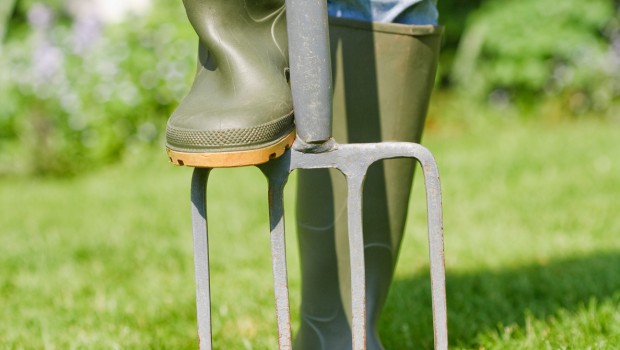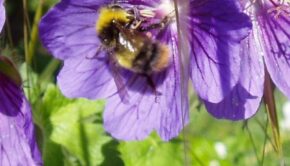Handy Hints
Have you noticed how you seem to thrive around some people rather than others? Sometimes you will work better with someone who has completely different ideas to yourself and that’s because you make a good team. The same applies to plants!
Growing certain varieties together brings mutual benefits in terms of health and vigour and a reduction in problems with pests and diseases. Some will give off a chemical from their roots or foliage that repels pests which would otherwise attack their companion.
Others will attract good insects which will help to pollinate a companion plant or keep it pest free.
Some will add nutrients to the soil for the benefit of their companion. Some
will grow tall providing shelter or support for those next to them, or cover
the ground suppressing weeds and retaining moisture for a drought-prone
companion.Others may act as a honey trap for pests, diverting them away from
the plant you want to protect.
A classic example of companion planting is growing squash, sweetcorn and French beans together. The sweetcorn grows tall and provides support for the French beans to climb. The squash will creep around and cover the ground forming a living mulch. This will help retain moisture in the soil for its companions and suppress weeds.
Water your plants first thing in the morning or last thing in the evening. This prevents wasting water through evaporation. Also, if water splashes onto the leaves in strong sunlight, they can get scorched.
Wonderful natural fertilizers can be made from ‘weeds’ which grow in your garden, including nettles, comfrey and dandelions.
Joan Hamilton-Smith






Comments